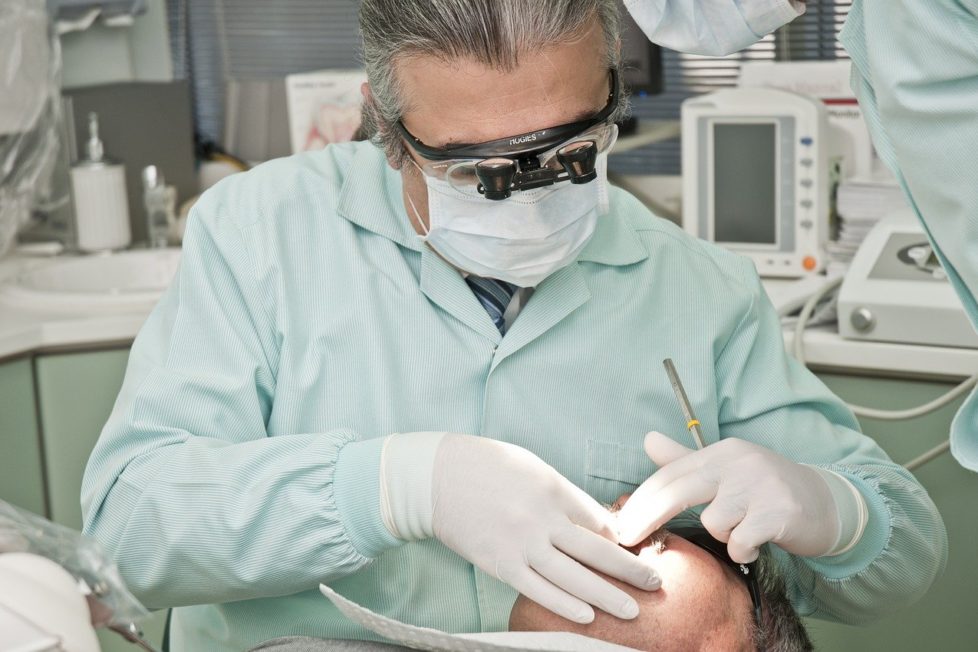What are Dental Implants? Procedure and Types of Dental Implants


Today there are high chances that a person knows that someone from their family, friends, or friend’s family has had cosmetic dental surgery or dental implants. But very fewer people are aware of what dental implant is. Artificial structure inserted into a jawbone of a person is known as dental implants.
Dental implants are also known as prosthetic teeth roots. A dental implant is generally for those who lose one or more teeth. Prosthetic teeth roots help to hold a replacement tooth or bridge. Dental implants are quite common due to the increasing number of people with dental issues. To know more about the dental implant, keep reading below.
Fixing of a structure in jawbones with the help of screw-like devices, done to replace a missing tooth, is called a dental implant. Dental implants are like anchors for the prosthetic tooth.
Generally, two types of dental implants are in practice as under;
Endosteal is the most common dental implant. To support the endosteal dental implants cylinders, screws, and blades are placed into the jawbone surgically. Each endosteal implant can easily hold more than one prosthetic teeth. Patients who use bridges or removable dentures are recommended by dental surgeons to go for endosteal implants as an alternative.
According to the dental needs of patients, five different types of standard treatment plans are there; Usually, before starting the procedure, periodontists and dentists consult with patients. It helps the dentists to determine the method which suits the patient. Here is the list of all the five standard procedures:
1. Single Tooth Replacement
Many patients lose a single tooth. Such a patient needs to undergo a single tooth replacement procedure. Under it, a crown and an implant are used to replace the missing tooth.
2. Multiple Teeth Replacement
Dental experts generally use implant-supported bridges when the patient has lost multiple teeth.
3. Full Teeth Replacement
Implant-supported full bridges are applied by dentists to help the patient who has lost all their teeth. Complete dentures are usually good to go for the older people. This type of teeth is not so common, and often for older people.
4. Sinus Augmentation
When it is difficult for the dentist to implant dentures or bridges, the dentist uses the sinus augmentation procedures to help the patient. For this, the dentist has to perform dental implants. Implanting in the back/upper jaw is the most challenging place.
That’s where the sinus augmentation procedure comes into the picture. In this procedure, to secure the dental implants properly, the sinus floor, along with the developing bone, is raised. Dentists perform this tricky operation with the utmost care, as any carelessness can be highly troublesome.
5. Ridge Modification
When patients have bony defects in their jawbone, ridge modification is the best option. Under ridge modification, the deformity is exposed by lifting away the gum from the ridge. Ridge modification is for patients with inadequate bone defects. These defects are generally filled with the bone substitute that builds up the ridge for the successful implants. The treatment also helps in improving appearance.
The patient’s job is not done after having dental implant surgery. The patient must continue to floss and brush their teeth regularly. The patient must provide the same care and maintenance to the artificial teeth as the regular teeth.
To keep the teeth and gums healthy, the patient must schedule follow-up visits to monitor the implants with the dentist. As per the top dental clinics, it is necessary to visit twice a year for professional cleanings.
